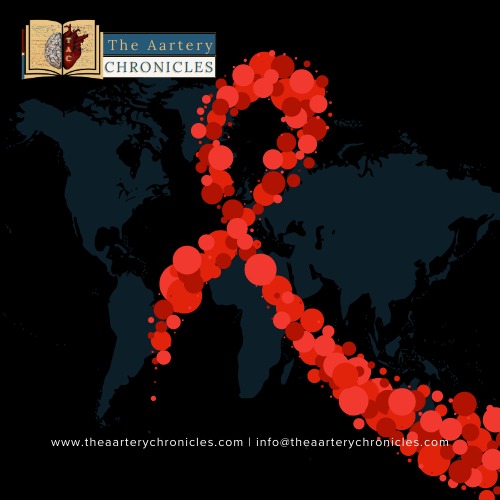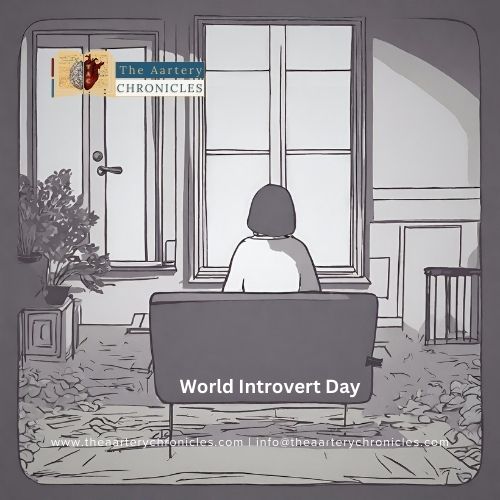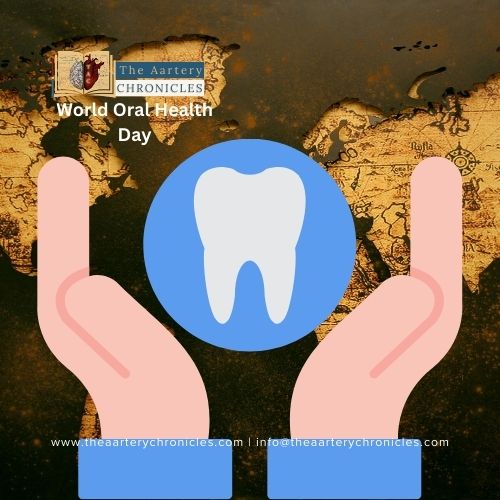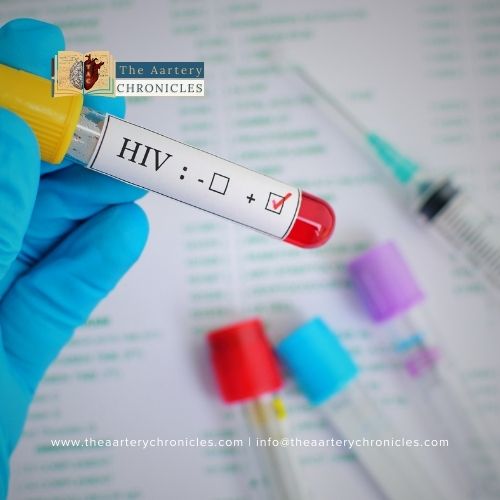
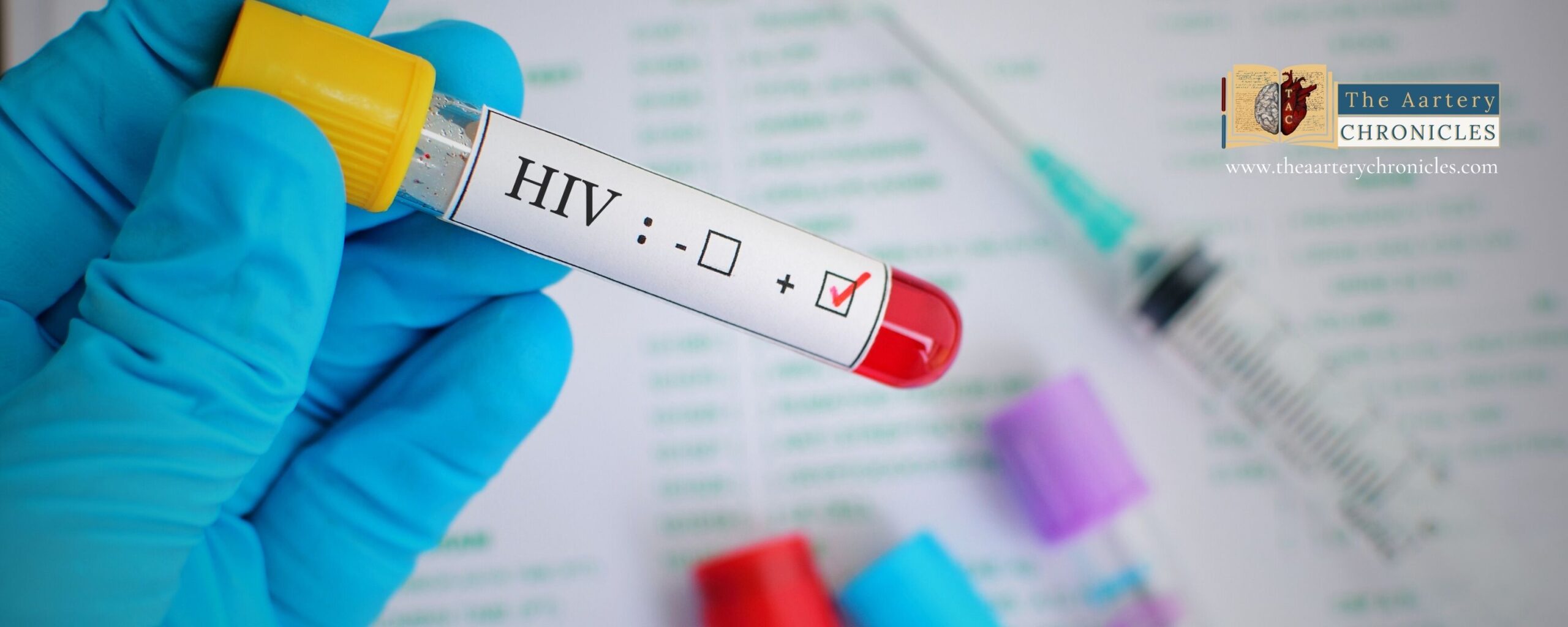
Are cases of HIV infection on the rise among girls?
According to the 7th Stocktaking Report on Children and AIDS: For Every Child: End AIDS, AIDS continues to be the leading cause of death for teenagers, taking the lives of 41,000 teenagers between the ages of 10 and 19 in 2015.
Anurita Bians, associate director of HIV/AIDS, UNICEF in a press release said: “It is unacceptable that adolescent girls, who should be planning their futures, continue to bear the heaviest burden of HIV infection”
Overview:
According to a report released by UNICEF HIV infections among children may rise to around 400,000 annually by 2030 from 250,000 in 2015 if significant efforts in reaching adolescents stall.
Anthony Lake, Executive Director of UNICEF said “The world has made tremendous progress in the global effort to end AIDS, but the fight is far from over – especially for children and adolescents.”
The rise of HIV contraction among adolescent girls has become a significant concern, especially in sub-Saharan Africa. UNICEF reports that teenage girls and young women between the ages of 10 and 24 have a three times higher risk of HIV infection than do men in the same age range, with Southern Africa being one of the most affected areas. A UNIAIDS report mentions that 79% of new HIV infections among 10–19-year-olds in eastern and southern Africa were in females.
In 2022, 99,000 teenage girls and children died from AIDS-related causes or stage 3 HIV infection, the most severe and advanced stage of the virus. West and Central Africa, East Asia and the Pacific, Latin America and the Caribbean, and South Asia are the most affected regions.
Factors that influence the high vulnerability of adolescent girls to HIV
Various factors such as social, structural, and biological factors influence the vulnerability of teenage girls to HIV contraction. Some studies have identified common causes that include:
- Lack of education
- Sexual violence
- Early sexual debut
- Biological factors such as genital inflammation
- Lack of family support
- Food Insecurity
- Transactional Relationships
- Early marriage
- Socioeconomic vulnerability
- Unavailability of adolescent and youth-responsive assistance
Also, most of the time adolescent girls are unaware of the available assistance and health services are unable to access assistance because of distance or clinic hours, or are afraid to seek care due to concerns about confidentiality, judgment, and unfavorable treatment by healthcare professionals who might not approve of them indulging in sexual activities
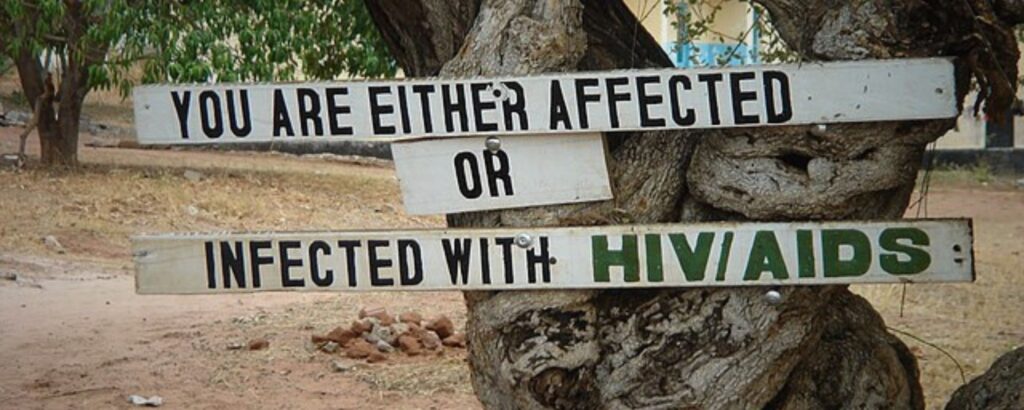
Insufficient Access to HIV Treatment
Treatment options for younger people in the affected areas lag significantly behind those available for adults. The inability to administer easily accessible, standardized testing is impeding efforts to address the crisis in lower- and middle-income countries.
UNICEF also notes that efforts to assist individuals living with HIV are being impeded by a lengthy and onerous diagnostic procedure for youth. According to UNICEF, this is one of the reasons why only 57% of children and adolescents ages 0 to 14 are receiving retroviral treatment, while 77% of older adolescents ages 15 to 19 are. Eastern and Southern Africa is home to half of those who are not receiving treatment.
Conclusion:
According to the World Health Organization (WHO), 150,000 new cases of HIV infection were reported in 2019. HIV infections in children occur when an infected mother transmits the virus to her unborn child or during breastfeeding, accounting for over 90% of cases. Given the ongoing risk of transmission, the World Health Organization advises that infants born to HIV-positive mothers should be tested by the time they are two months old, while they are breastfeeding, and after the breastfeeding phase is over. Also, as rightfully said by Josh Robbins, “U=U is interrupting HIV stigma in our lives.” For HIV-positive teenage girls, addressing their fear of being judged is essential to controlling and fending off stigma as it can have a profound impact on them and delay in seeking appropriate treatment.

Sanika Pande
- Medicine
- Nutrition And Diet








